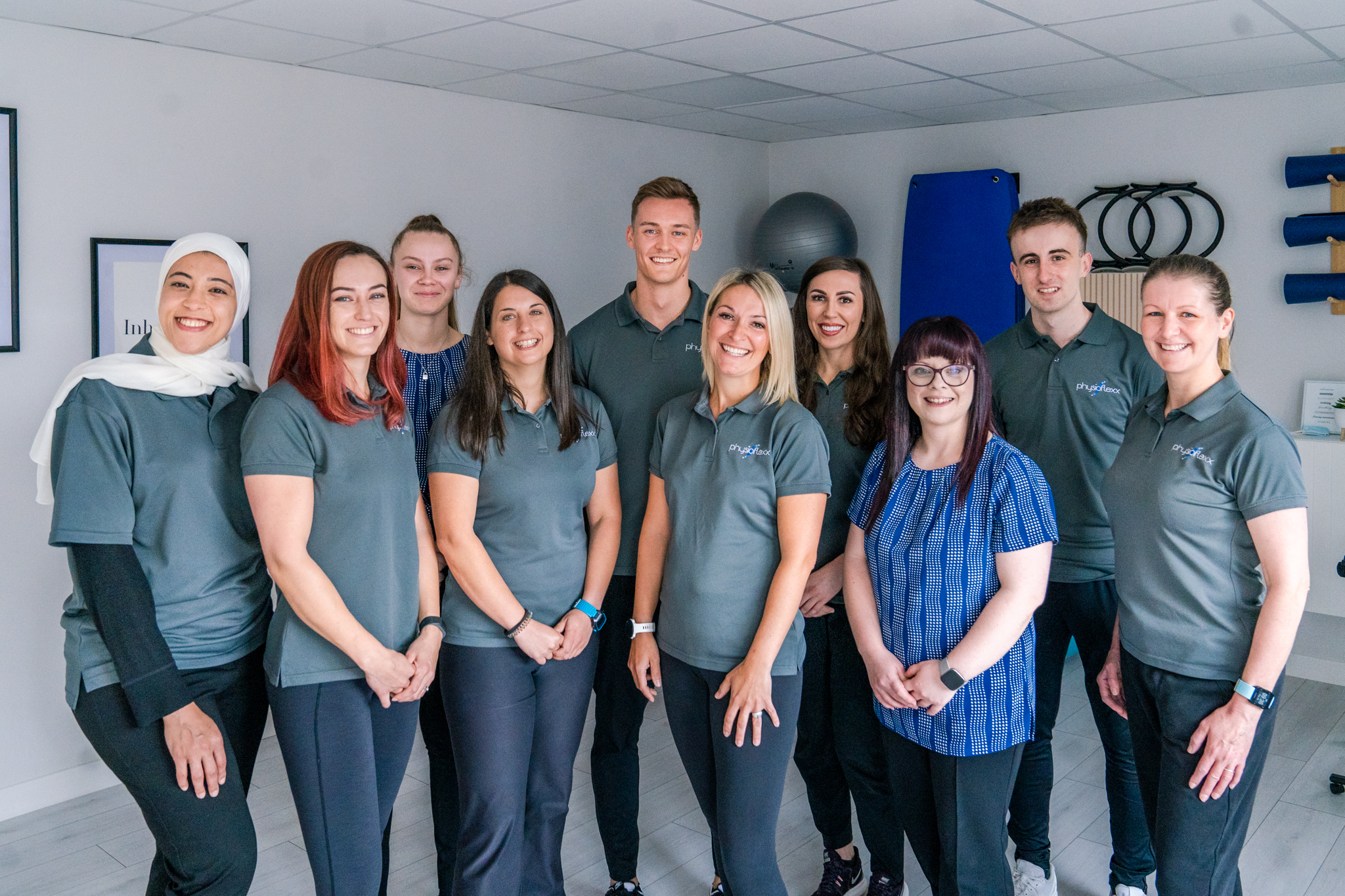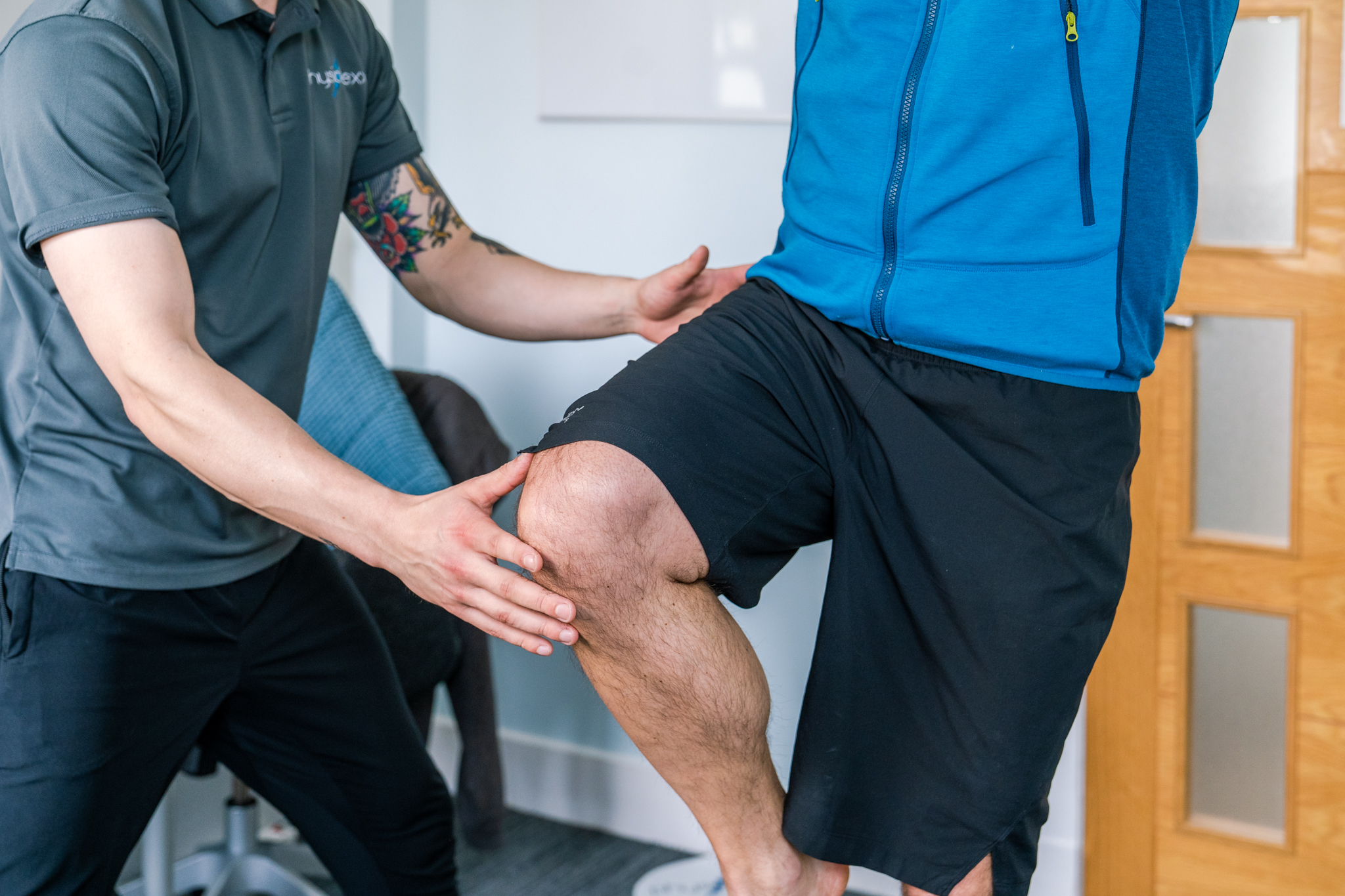Wrist fracture, have you suffered from one before? Do you still feel stiffness or a lack of strength?
What is a fracture?
The forearm has 2 bones. The radius and the ulna.
More commonly fractured is the distal radius (lower end closer to the bones of the hand and thumb). The smaller bones in the hand which connect to the two longer forearm bones can also be broken. However, this is not seen as regularly.
Your break can be stable “non-displaced” or unstable “displaced”. Usually, you would be treated with a cast or splint if the fracture was non-displaced. However, if the fracture is displaced then it is more likely that a surgical intervention may be required. Your surgeon will use plates and screws for the fixation.
How can it happen?
A wrist fracture can arise from a fall on an out stretched arm or commonly from a large trauma such as a car accident.
What happens next?
You will most likely have pain, swelling, an inability to move the wrist and more commonly the wrist will look deformed. Sometimes the fingers tingle or feel numb.
You will lose the range of movement and strength in your wrist. In addition, your grip can become difficult and exercises to assist all three of these symptoms will be prescribed by your physiotherapist.
How to aid recovery
Mobility exercises may include moving the wrist towards and away from you, side-to-side and round in a circle clockwise and anti-clockwise. We can use putty or a tennis/stress ball to work the intrinsic muscles of the hand and improve grip e.g holding a kettle or turning keys in a door more easily.
Strengthening can commence with isometrics and then work with a theraband (rubber exercise band) or with small dumbbells/weighted items can be added in.
Finally, we need to ensure full return of function so if you have a specific sport to return too then we need to ensure that the wrist will be capable of sustaining the pressures required of it. We may work in positions such as leans against door, work with pilates ball/core balls or in 4-point kneeling.
In conclusion, if you have persistent stiffness or aching in the wrist joint, please do come and see a Physiotherapist.
Here at Physioflexx we can offer you soft tissue release, passive mobilisations, kinesiology-taping and acupuncture. This can help facilitate your recovery from your wrist fracture.
Links
Book Online - Physioflexx Ayrshire
Have you read our previous blog on K-taping?
Taping - Physioflexx Ayrshire










